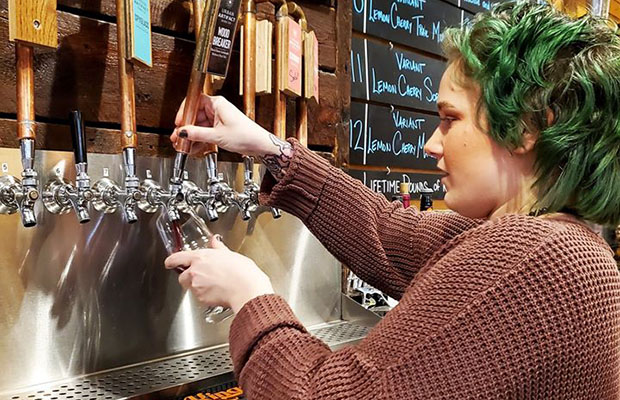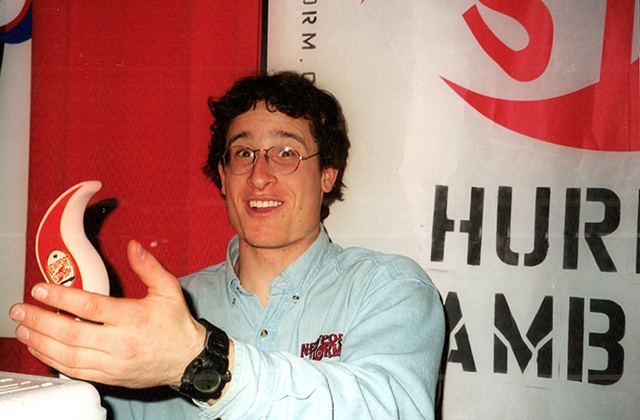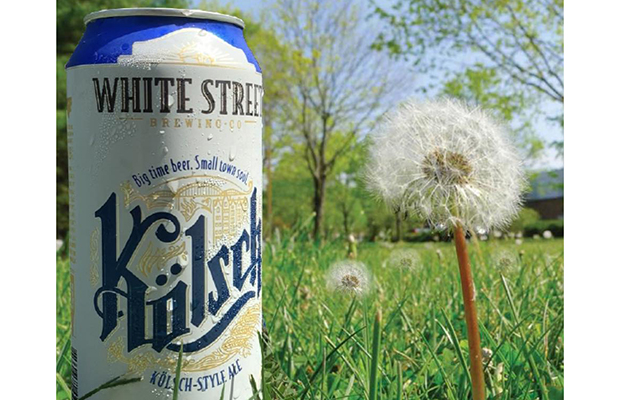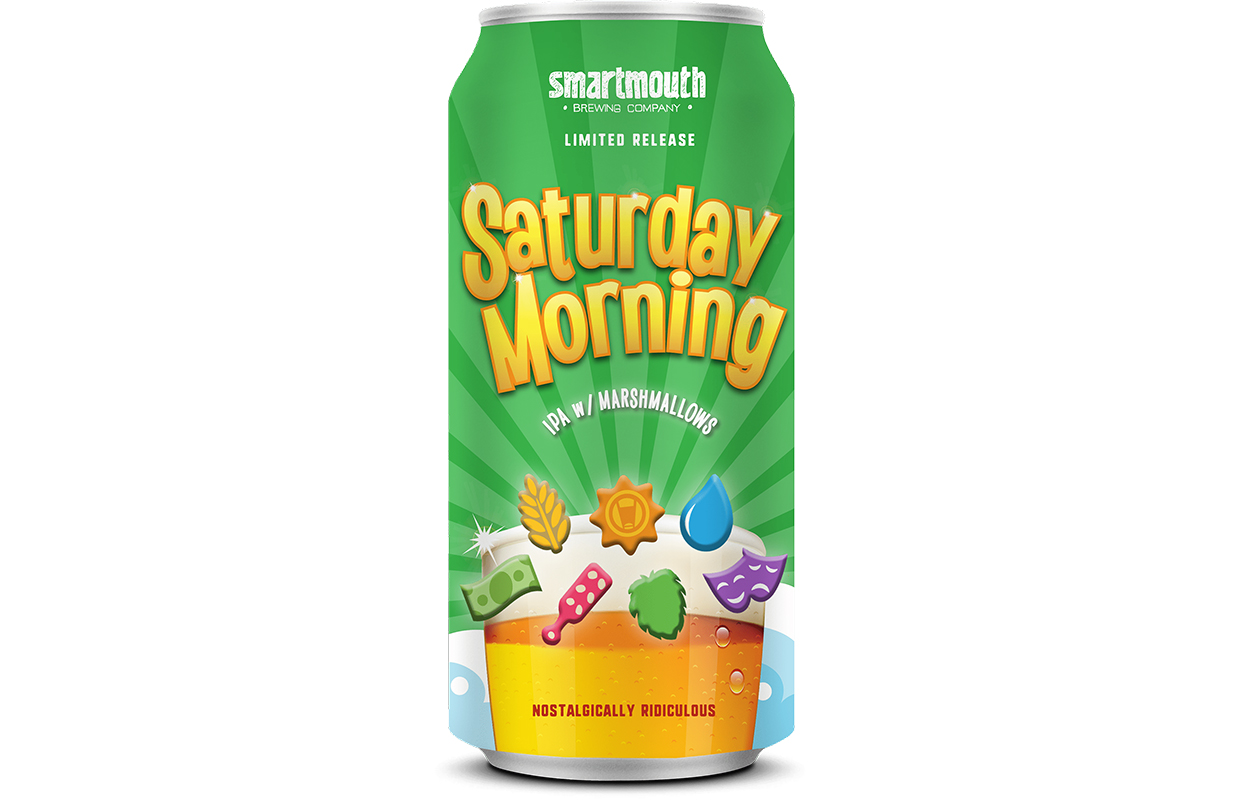
Being different and standing out in a marketplace. It’s what a brewery craves when it comes to making a mark with a consumer.
Scotty Hunter, a co-founder of Cincinnati’s Urban Artifact shared recently with the members of the Ohio Craft Beer Association at its annual conference what he has learned in the sour brewery’s five years in the market. Along with differentiating the products that Urban Artifact carries in its portfolio, Hunter spoke on a lot of tips that really just come down to being more professional and caring about your beer buyer’s time.
Find the Decision Maker: It seems obvious, but connecting with the person in charge of ordering beers for the bar, restaurant or package store is key.
“We’ve all had the case happen where we go in … we think we’re talking to the right person and have a great conversation,” Hunter said. “We think we sold a beer and come to find out that’s not the right person.”
The person can vary from establishment to establishment.
“You have to get to the root person that ultimately is going to trigger in buying the beer,” he said. “It’s not that you shouldn’t talk to those other people and sell them on your brand and win them over. But they don’t make those decisions. They’re not the ones that are writing the checks. So, if you want to be successful, those are the people you haven’t talked to.”
Hunter said a few questions to the first person you connect with can tell you if you are speaking to the decision-maker.
“One of the common things I like to ask is asking about who their rep is, what day do they see the rep, what what’s their delivery, schedule, things that things that the buyer is going to know,” Hunter said, adding that sometimes a decision-maker may use someone else as the gatekeeper. Working past that can be a challenge. Other times, a person at an establishment may think they are the gatekeeper when they are not. It can be tricky.
“But oftentimes, it can be the owner not wanting to see 20 different beer reps every week,” Hunter noted. “If that bar leader that bar manager feels slighted by the way you went around them to talk to their ownership and get a keg in, they’re not going to sell your beer at the bar, and therefore the ownership isn’t going to re-buy the beers that didn’t do well. So be very cognizant of that.”
Schedule Your Time: Don’t waste your time waiting to talk to someone. Scheduling a time to talk can show you care about the beer buyer’s time and it helps manage your time. Waiting 40 minutes can mean less time selling beer to other beer buyers that day, for example.
“Your time is valuable, you should be valuing your time,” he said. “Your time is better spent going to accounts and talking to people.”
Instead, look to schedule a time to talk. That can lock you in for a meeting and show that your brand looks professional.
“Buyers see that you’re willing to schedule an appointment, that you want to talk to them about a certain thing and that you care about their time and you’re making sure that it fits within their schedule,” Hunter said. “Yes. You can have good relationships with accounts where you can walk in at any point in time and talk to people. But especially for accounts when you’re just starting out — maybe new buyers — make sure they’re comfortable. Because if they’re not comfortable and ready to give you the time of day to hear sales pitch, it doesn’t matter how big your sales pitches, they’re not going to hear it.”
Setting a schedule can also help you map out a route for sales calls each day and help maximize your time and distance traveled.
Don’t Leave Samples: This is an easy faux pas that Hunter said he did when Urban Artifact started as well.
“It feels like you’re still accomplishing something even if you don’t catch a buyer,” he said. “But it’s incredibly rare that this adds any value for you.
“You’re not talking to the person that you want to try the product. So you can’t guarantee that the person that you do want to try the product is going to try it.”
The sample may not even get touched, it could be tried by the wrong person, or worse the sample won’t have you there to explain it and help sell it.
“You can’t talk to any objections when that buyer is tasting this beer,” Hunter said. “It could be a low fill you didn’t catch, or something was slightly off from that certain can or certain bottle. You can’t handle that objection. You can’t explain that and how that relates to their end consumer.
“So all that the time and money and effort that goes into packaging that beer and getting it to that person is kind of for not because they may have a misrepresentation of the product. It’s very important that if you’re going to sell that beer, you want to be there when that person is trying it.”
Follow the Money: Hunter stressed for your sales team to know your pricing and profitability along with the pricing and profitability for your beer buyer.
Cost per ounce and cost per package as well.
“Know your revenue per keg based on an expected pour size, and then your gross profit per keg,” he said. “I think what a lot of people really struggle with is understanding margin, taxes, and waste at an account. If a case costs $48, each beer is $2 and they sell that for $3, you’re still making a buck. They’re not, and you’re not. You have to take tax into account because bar pricing is always going to be taxed included. But then you’re not taking into account the labor, the overhead, the storage … anything that goes into running a bar.
“So if you can show that you understand there’s more into the cost of their product at their restaurant that shows that you understand that there’s more to their business and you care about their overall business.
“I think it’s very short-sighted to say, we’re going to close something out when you don’t really understand the full costs that somebody might have with their space.”
Hunter suggests sales to have a detailed MSRP for draft products.
“We suggest pouring it in this size of glass and selling it at this price because that gets this amount of revenue,” he said. “It’s not enough just to say this is what we sell for in the taproom because that might not matter.
“The biggest reason why the profitability and pricing are important is that you’re selling your beer to make someone else money. I think we sometimes lose sight of that. But we’re providing a product for somebody to make money on and to resell. So you want to be keen and target the fact that this is how much money this person can make from carrying our product.”




Be the first to comment